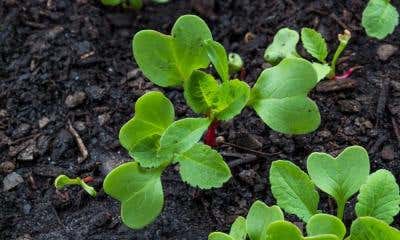Importance of Ventilation and Air Circulation
-
Temperature Control: Proper ventilation helps regulate temperature by removing excess heat generated by grow lights and other equipment. It allows fresh air to enter the grow room and removes hot air, preventing heat stress and maintaining an optimal temperature range for healthy plant growth.
-
Humidity Control: Adequate airflow helps manage humidity levels by preventing excessive moisture buildup. It reduces the risk of mold and mildew formation and ensures optimal transpiration rates, preventing issues like bud rot and fungal diseases.
-
CO2 Distribution: Carbon dioxide is essential for photosynthesis and overall plant health. Good airflow ensures even distribution of CO2 throughout the grow room, allowing plants to efficiently uptake carbon dioxide and enhance their growth and development.
-
Pest and Disease Prevention: Proper ventilation and air circulation help deter pests and diseases by creating an unfavorable environment for their growth and spread. It reduces stagnant air pockets where pests and pathogens can thrive, minimizing the risk of infestations and infections.
Tips for Ventilation and Air Circulation
-
Exhaust and Intake Systems: Install exhaust fans to remove hot air and humidity from the grow room. Place intake fans strategically to bring in fresh air from outside or adjacent spaces. Use fans with adjustable speed settings to control the airflow rate.
-
Air Ducts and Vents: Utilize air ducts and vents to facilitate the movement of air within the grow room. Position them in a way that promotes uniform airflow and prevents dead zones. Adjustable vents allow you to fine-tune the distribution of air.
-
Oscillating Fans: Use oscillating fans to promote air circulation and mimic natural breezes. Place fans at different heights to ensure airflow reaches all parts of the plants. Regularly adjust fan positions to prevent direct airflow on delicate plant parts.
-
Negative Pressure Setup: Create a negative pressure environment by maintaining a slightly higher airflow rate from exhaust fans compared to intake fans. This setup helps prevent odors from escaping and minimizes the risk of pests entering the grow room.
-
Air Filters: Install appropriate air filters to prevent the entry of dust, pollen, and pests into the grow room. Regularly clean or replace filters to ensure optimal airflow and prevent clogging.
-
Timed Ventilation: Implement a timed ventilation system to ensure consistent airflow and allow for periods of rest. Use timers to automate the operation of exhaust and intake fans based on the specific needs of your plants.
-
Monitor Environmental Factors: Use temperature and humidity monitors to regularly assess the effectiveness of your ventilation and air circulation setup. Make adjustments as necessary to maintain optimal conditions.
Proper ventilation and air circulation are vital for the success of a cannabis grow room. They help control temperature, humidity, CO2 levels, and prevent pests and diseases. Follow the tips provided to create a well-ventilated and properly circulated environment that promotes healthy and vigorous growth in your cannabis plants. Regular monitoring and adjustments will ensure optimal conditions throughout the cultivation cycle.

















